How to use foundation models and trusted governance to manage AI workflow risk
IBM Big Data Hub
OCTOBER 16, 2023
AI governance refers to the practice of directing, managing and monitoring an organization’s AI activities. It includes processes that trace and document the origin of data, models and associated metadata and pipelines for audits. Capture and document model metadata for report generation.


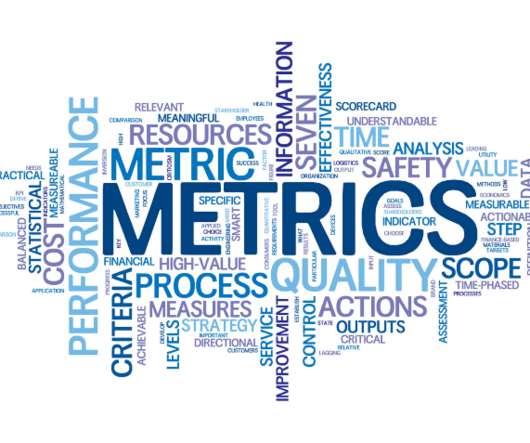
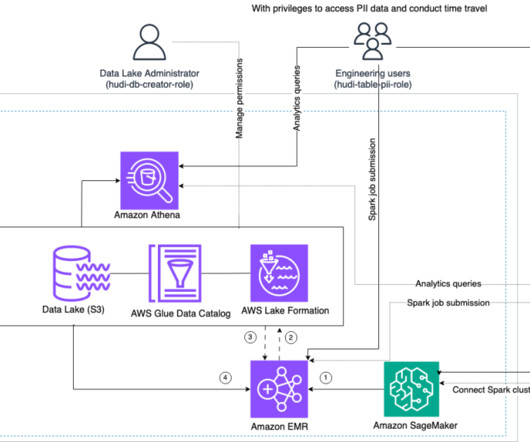
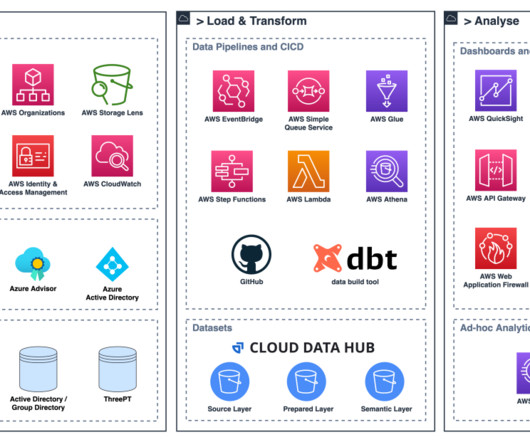
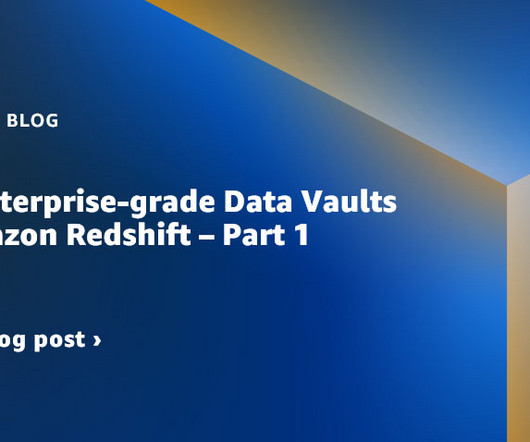
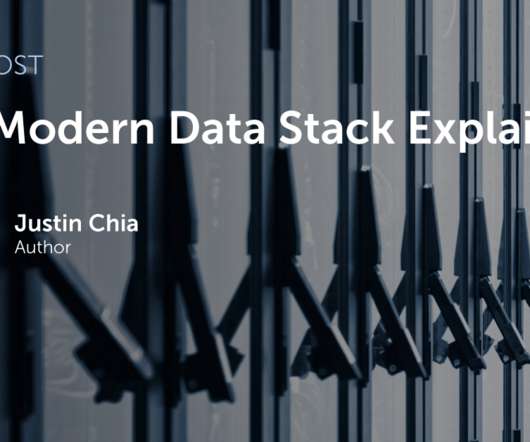
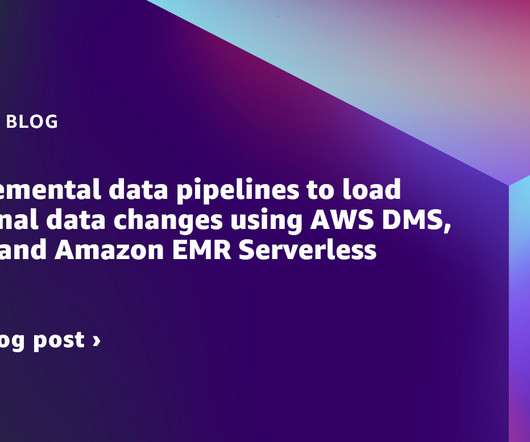
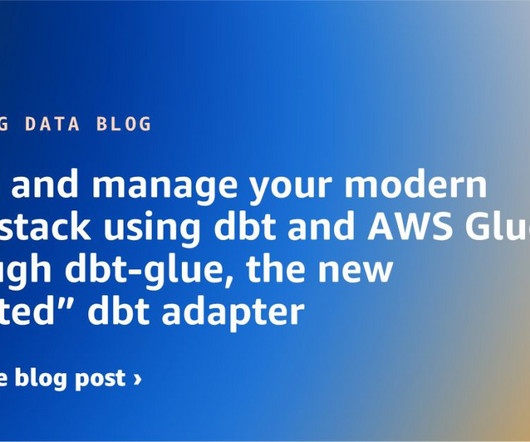
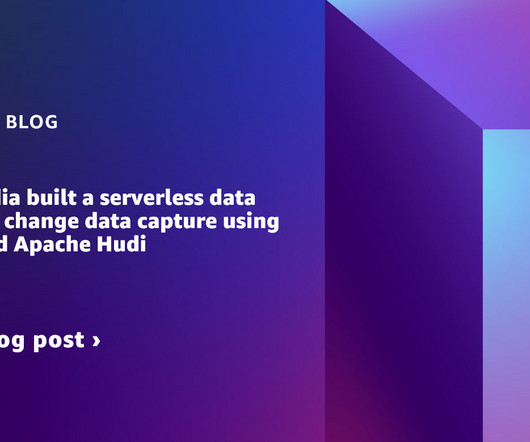
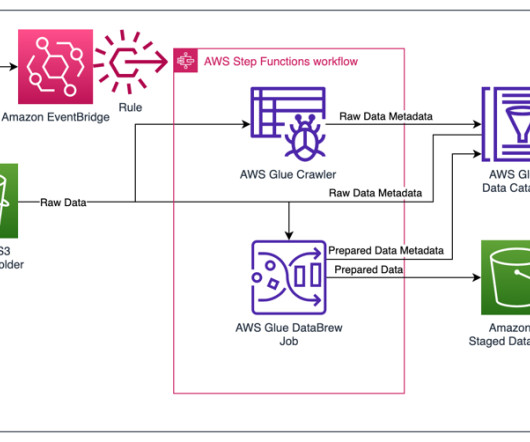











Let's personalize your content